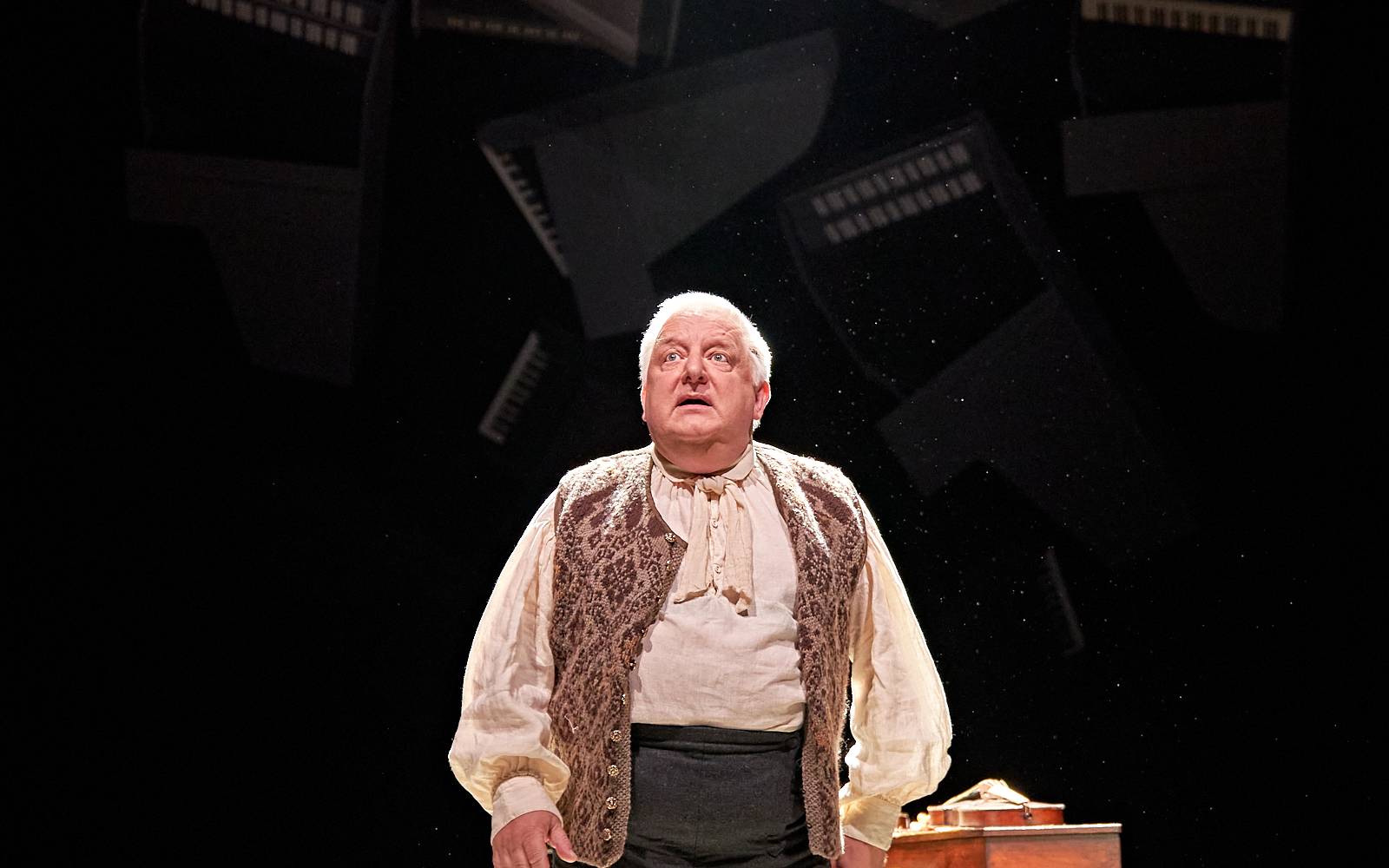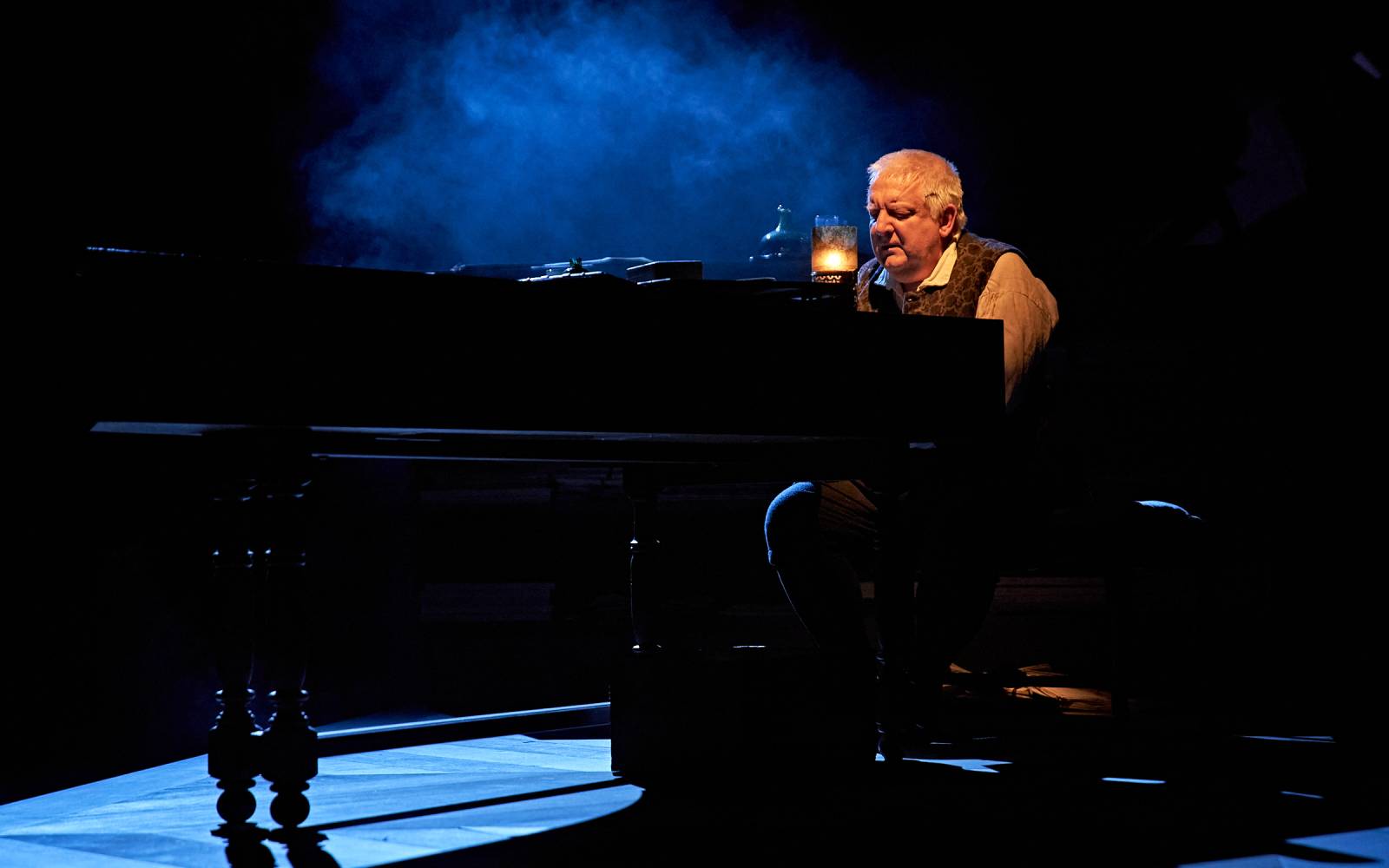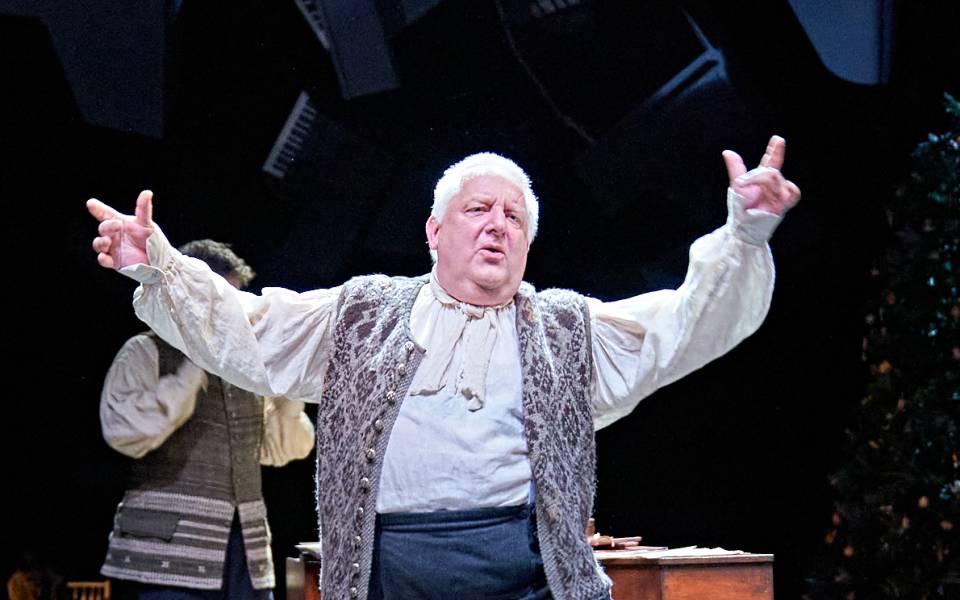
He Demands it All
Angela Hewitt
“Too weak in the treble and too stiff an action!” That’s something I’ve said about many a piano I’ve been expected to play during my more than fifty years on stage. It’s also what Johann Sebastian Bach evidently remarked when shown the first examples of a fortepiano by his friend and instrument builder Gottfried Silbermann back in the 1730s. Further modifications were made, and by 1747 – when Bach visited Frederick the Great in Potsdam – this new keyboard instrument, very different from the harpsichord which had been his lifelong companion, finally met with his approval.
How could it not? The precursor of the modern piano, with its hammers controlled by the fingers, was invented in order to imitate the cadence of the human voice. To be able to play two notes and have the second one slightly softer, producing a sigh – this is a basic musical gesture that any string or wind player of Bach’s time would have done. We do it all the time when we speak and sing. On the harpsichord, because the strings are plucked, it’s impossible. Other ways must be found to vary the sound and add expression.
In the Preface to his Two- and Three-Part Inventions, lovingly composed for his eldest son Wilhelm Friedemann, he advises proper study of them not only to learn about compositional ideas (composing and learning your instrument were inseparable in Bach’s day) but especially to arrive at a “cantabile” (singing) style of playing. On the piano, not only can you sing Bach’s beautiful melodies, following the rise and fall of the musical line, but every voice has a life of its own. Four or even five lines of music, each being articulated and phrased independently, engage in conversation – played by only ten fingers. It’s a brain game – a difficult one which takes huge amounts of time and concentration to work out. When you manage it, there is little in life that will give you more satisfaction.

That’s one side of it. Bach also made even the easiest exercises written for his children into great works of art. In his huge output of keyboard music, not a note is less than totally inspired. The problem for interpreters is that Bach wrote only the notes in the score. There are hardly any indications telling us how fast or slow to play, how loud or soft, how smooth or detached. You were expected to know these things, based on good musical taste and intelligence, handed down from teacher to pupil. For young pianists today, most of whom are brought up playing romantic virtuoso pieces at a ridiculously early age, playing a Bach Prelude and Fugue with great clarity, virtually no use of the sustaining pedal, and in the proper style of the Baroque period, seems often to be the hardest and most feared task of all.
Having an organist father at home as one of my teachers, Bach was always part of the family. Listening to him play those great organ works, I was thrilled by Bach’s musical themes, by his harmonies and how the music would change character simply by changing key. Like a great actor, Bach knows how to keep you in suspense, wondering where the action will go next. Then when the climax finally comes and all is resolved, what a wonderful, joyous feeling it is!

Joy that is constantly expressed using the rhythms of the dance. Bach and the dance go hand in hand. As a schoolboy (it being considered an essential part of one’s education), he was taught to dance the minuet, the bourrée, the gavotte, the gigue – all dances then popular at the French court. They turn up as such in his suites, but also in his sacred works and practically every piece he ever wrote, irrespective of the title. Bringing out these buoyant rhythms is crucial to a successful interpretation. The one contemporary account we have of his playing says he showed rhythm in every part of his body. Using his inexhaustible gift of inventiveness, Bach refreshes our spirits in a way no other composer ever matched.
There’s one more thing any musician performing Bach has to come to grips with: the fact that every note Bach wrote was written “to the glory of God”. Whether you yourself are a believer or not isn’t the point; but there is little triviality in his music, even though it is often humorous. We can never fully understand all the symbolism, numerology and indeed mathematics that permeate his musical vocabulary and give his compositions such strength, but we know they are there. Take for example Variation 25 of the “Goldberg” Variations – the one the great Wanda Landowska referred to as the “black pearl”. Chromaticism that would not sound out of place in Wagner here stands for the crucifixion, and the whole variation, placed at a crucial point in this monumental work, is for me a reflection on death. The melody constantly strives upwards only to fall back down. Dissonances and clashes between the hands pierce the soul. Some tortuous figuration using unusual intervals and keys show how difficult the road is. And yet there is also an incredible feeling of peace and acceptance that is moving beyond words. Portraying that with simplicity is not an easy thing. For Variation 26 Bach throws in one of his most virtuoso pages requiring you to regroup with all your strength after emptying your soul. He demands it all.
In his final years, Bach was considered an old fogey, even by his sons. His now outdated manner of composition (all that counterpoint!) was left behind in favour of the new “galant” style with its charming melodies and what we would call today “easy listening”. Bach’s response to that was to produce his most complex work of all, The Art of Fugue. He needed to push himself further and prove his complete mastery – writing pieces that could be turned upside down as well as inside out and still sound like great music. He died before the final fugue was completed – or at least before it was all written down, as I’m sure it was in his head. He always had a master plan. His son, Carl Philipp Emanuel, when publishing the first edition, inserted the chorale “Vor deinen Thron tret’ ich hiermit” (also known as “Wenn wir in Höchsten Nöten sein”) on the empty last leaf. Serenely in the key of G major, legend has it that the then blind Bach dictated it on his deathbed. To play it at the end of The Art of Fugue is to feel the presence of an incredible man whose mind was unique, whose inspiration came from God, but who, for me above all, had a huge heart.
Angela Hewitt, June 2021
Angela Hewitt is one of the world’s leading pianists, whose interpretations of the music of JS Bach have established her as one of the composer’s foremost interpreters of our time. She was the 2020 recipient of the City of Leipzig Bach Medal.
This article was originally published in the production‘s programme.
Photos by Manuel Harlan.

The Bach Family
Stephen Roe
Sometimes an artist’s work is so transcendent that authorship by a single human being seems barely credible. Johann Sebastian Bach’s enormous output of over 200 church cantatas, passions, oratorios, organ and harpsichord works, orchestral and chamber…
More →
A Short Survey of the Best Bach Recordings
Igor Toronyi-Lalic
Let’s start with two zingers. The first ever recordings of Bach. You can find them on YouTube: Joseph Joachim, at the age of 72, in 1903, firing up the Tempo di Borea from the First Violin Partita. Chords crunch, notes spin, sparks fly. The second…
More →